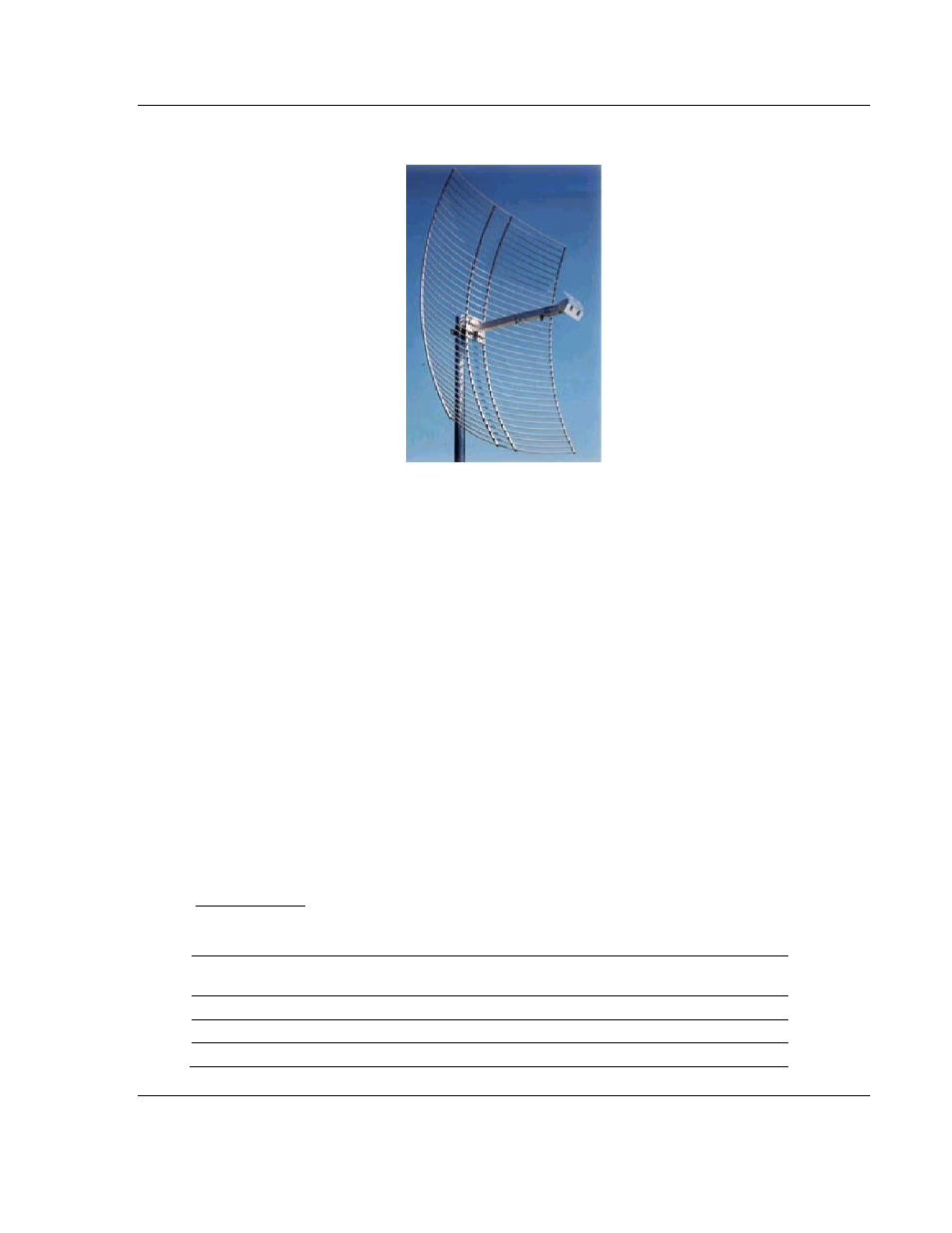ProSoft Technology ILX34-AENWG User Manual
Page 165

ILX34-AENWG ♦ Point I/O Platform
Reference
Wireless POINT I/O Adapter
User Manual
ProSoft Technology, Inc.
Page 165 of 177
August 16, 2013
The antenna polarity depends on the feed antenna polarization.
6.5.8 Adding bi-directional amplifiers
A bi-directional amplifier may be needed if an application requires long lengths of
coaxial cable to reach the antenna. The amplifier is designed to put maximum
transmit power right at the antenna and boost the received signal primarily to
overcome the cable loss. You can only use an amplifier from ProSoft Technology
that is specifically approved for use with the ILX34-AENWG radio, and only in
countries where the amplifier option is approved.
The bi-directional amplifier is designed to operate with a coaxial cable loss
between the radio and amplifier of 6.5 dB to 20 dB. The output is always 1/2W,
regardless of the input level. With less than 6.5-dB loss, the amplifier maximum
input rating will be exceeded. With more than 20- dB cable loss, the amplifier will
not turn on.
Refer to Adding bi-directional amplifiers (page 165) to view the minimum and
maximum lengths of various cable types required when you use a bi-directional
amp.
Refer to Amplifier diagram (page 166) for an installation diagram of the amplifier
and its power supply.
Amplifier chart
The following chart lists the minimum and maximum lengths of various cable
types required when you use a bi-directional amplifier.
Cable Type
Cable loss/
100' (dB)
Minimum
length (feet)
Loss (dB)
Maximum
length (feet)
Loss (dB)
LMR195
18.2
36
6.5
109
20
LMR400
6.9
94
6.5
289
20
LMR600
4.4
148
6.5
454
20